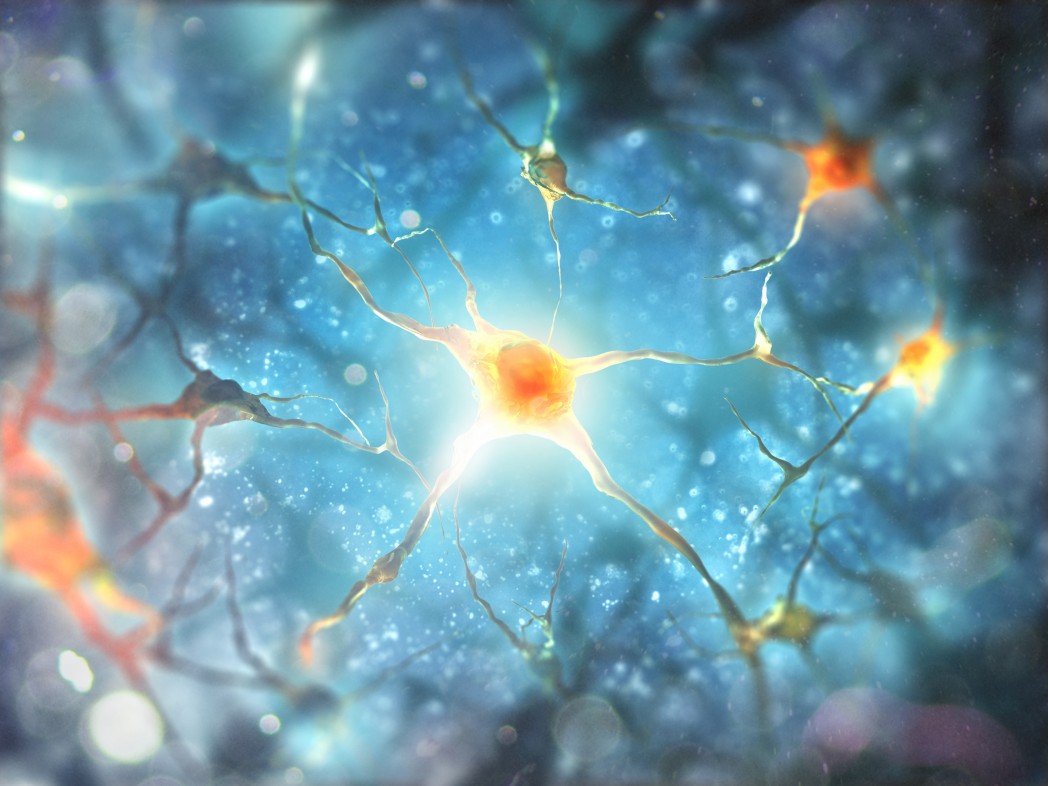Abnormal Proteins Found in ALS and Like Diseases Are ‘Tagged’ to Form Clumps, Study Reports

Scripps Research Institute (TSRI) scientists have identified a new player in the ribosome-associated quality control complex that “tags” abnormal proteins, prompting them to aggregate and form clumps. This study, for a first time, shows that proteins can be marked for aggregation, and may constitute a new molecular pathway underlying neurodegenerative diseases such as amyotrophic lateral sclerosis, as well as new diagnostic or therapeutic approaches.
The research, “The Rqc2/Tae2 subunit of the Ribosome-Associated Quality Control (RQC) complex marks ribosome-stalled nascent polypeptide chains for aggregation,” was published in the journal eLife.
Amyotrophic lateral sclerosis (ALS), a progressive neurodegenerative disease, is characterized by the accumulation of protein aggregates, or clumps, that affect the function of motor neurons, leading to progressive muscle weakness and paralysis due to the loss of these neurons in the brain and spinal cord. Only a small percentage of ALS cases have a known genetic cause and several gene mutations have been discovered. Research has focused on cells’ ability to recognize and destroy these protein clumps before the effects of neuronal loss become irreversible.
Previous studies by TSRI scientists discovered that mutations in the enzyme listerin (Ltn1) cause ALS-like symptoms in mice, and that this enzyme can identify abnormal proteins that become stuck in the ribosome, the subcellular structure responsible for new protein assembly, and target these potentially harmful proteins for destruction. Because Ltn1 mechanisms are not infallible, however, researchers theorized that another enzyme must be involved in the ribosome-associated quality control complex.
For this experiment, the team used yeast cells and techniques in molecular genetic, biochemistry and cell fluorescence to find another subunit in this complex that “controls” protein quality. The Rqc2 enzyme targets the abnormal proteins that “escape” Ltn1 tagging, and leads them to form clumps or aggregates — preventing abnormal proteins from interfering with the function of normal proteins and facilitating their destruction by the cell. Such findings might explain the ALS-like symptoms observed in mice with genetic mutations in genes that encode the quality control complex. Moreover, these results lead to the formulation of two possible scenarios: the mutations in the complex genes preventing the formation of clumps might be toxic, or mutations that induce too many protein clumps end up having a harmful effect on cells.
Future research plans include the study of these protein clumps and the molecular mechanisms that lead to ALS. “Because we all have these enzymes we have been studying, we think it’s very likely that this process is going to be relevant in human diseases as well,” Dr. Claudio Joazeiro, the study’s senior author, said in a press release.






